Today, drones have taken on a crucial role in the security industry, performing roles ranging from surveillance to disaster response, border protection and crime-fighting. Their versatility and effectiveness have made them essential tools to ensure the safety of people and assets.
By Andrea Ochoa Restrepo
In Latin America and specifically, in the field of surveillance and monitoring of large areas, such as borders, urban areas and rural areas, drones have proven to be very useful in the fight against problems such as smuggling, drug trafficking and organized crime.
According to the Latin America drone market report, it will grow at an annual rate of around 6.1% during the period 2023-2028. This is due to the increasingly widespread use of drones in different sectors, such as precision agriculture and security. Governments in the region, especially in countries such as Mexico and Colombia, are using drones to monitor and control crime-ridden areas, which has contributed to a relative improvement in crime rates in some cases.
As for the key companies in the drone market in Latin America, companies such as SZ DJI Technology Co., Ltd, Parrot Drone SAS, The Boeing Company, Jetwind, Autel Robotics, Hubsan, among others, stand out. SZ DJI Technology Co., Ltd. stands out in the region due to its leadership in manufacturing drones, mainly used in agriculture, surveillance and security, and industrial inspections.
It is then that the growth of the drone market is driven by continuous broadband connectivity, the use of machine-to-machine (M2M) communications, and low latency. Certainly, the availability of high-speed internet and the advent of 5G are causing significant changes in the way manufacturing takes place. These advancements allow drones to operate autonomously and communicate even in harsh environments, making operations considerably easier.
In addition, the integration of artificial intelligence (AI) and machine learning (ML) is enabling real-time data-driven decision-making and accurate tracking. This technological advancement is driving the growth of the industry in Latin America. In this market, the main types of drones include fixed-wing, rotary-wing, and hybrids.
Specifically, the rotary wing segment holds the largest market share due to its ability to maintain a constant view over a target and its agility to perform efficient maneuvers during surveillance, photography, and tracking. As for the mode of operation, it is divided into remote-controlled, semi-autonomous, and autonomous drones. On the other hand, in terms of applications, the market is broadly categorized into construction, agriculture, energy, entertainment, law enforcement, and other specific uses.
However, despite the obvious benefits, the use of drones poses ethical and legal challenges in terms of privacy and regulation. Data collection by drones raises concerns about citizens' privacy, and regulation of drones varies widely across the region, often being insufficient to address all aspects of drone use in security. With the growing presence of drones in the region, there has been a growing demand for training and technology development to ensure effective and safe use of these tools by security institutions and professionals.
Regulatory compliance stands as a cornerstone in the realm of drone operation, ensuring both the safety of people and the protection of property and the preservation of the integrity of unmanned aerial systems. The regulations, for the most part, mandate proper labeling and marking of drones with identifying information, such as the owner's name and address, as well as the drone's registration or license number. This practice simplifies device identification and resolution of problems or incidents during operations, strengthening the control and traceability of drones.
In relation to the above, there is an obvious need to generate safety education, since awareness of safety in the operation of drones is a shared responsibility between operators, authorities and event organizers, who must inform and educate the public about the risks inherent in drones and the necessary safety measures to ensure incident-free operations.
In the words of Juan David Velásquez Pérez, Public Servant for Security and Urban Solutions (ESU) and expert in drones, he emphasizes that "in the case of private drone users, regulation is also central. Private operators who want to fly drones are urged to consider things like pilot certification and acquiring a liability policy. The importance of these measures lies in the prevention of possible legal consequences in the event that the drone causes damage to third parties or property."
Using Drones Between Considerations and Challenges
The use of drones in various applications reveals a number of both beneficial and challenging considerations in the realm of security and resource management. First, the role of drones in waste management is addressed, where they are used to analyze the level of landfill filling and predict its evolution over time using RTK sensors and flight programming. In the realm of security, drones are used in surveillance and security operations, providing valuable aerial vision to identify illegal activities.
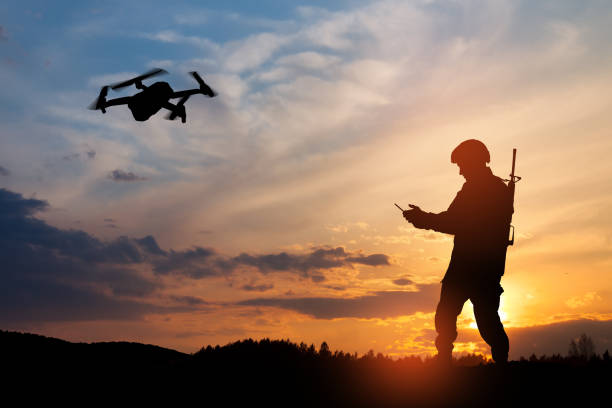
However, challenges related to the use of drones are recognized, including concerns about invasion of privacy and the possibility of criminal misuse. In addition, the limitation of drone flight time, usually between 30 and 40 minutes, is highlighted, which poses restrictions on long-term surveillance operations.
In turn, Juan David also points out that the use of these devices raises ethical and legal concerns in relation to the use of drones in recording and surveillance. "This involves the need to obtain permits, pay image royalties and make sure you have a certified drone pilot. It also highlights the importance of respecting people's privacy when using drones for recording, avoiding the violation of privacy through security cameras in buildings."
Another important aspect is the use of sensors to detect obstacles and avoid collisions, as well as the development of AI algorithms for the processing of data collected by drones, including facial recognition and weapons detection capabilities. For example, "in the case of AI27, it illustrates how the combination of AI and drones is used to improve security in cargo transport, providing real-time information on the location of goods and reducing the risk of theft," says Juan David.
Cities and Legislation Implement Anti-Crime Drones
In the Colombian context, cities such as Bogotá are looking to implement drones and hot air balloons as part of a technological monitoring and registration system to address the growing crime in the city. The emphasis on 5G technology and spectrum reflects a cutting-edge approach to tackling the crime problem.
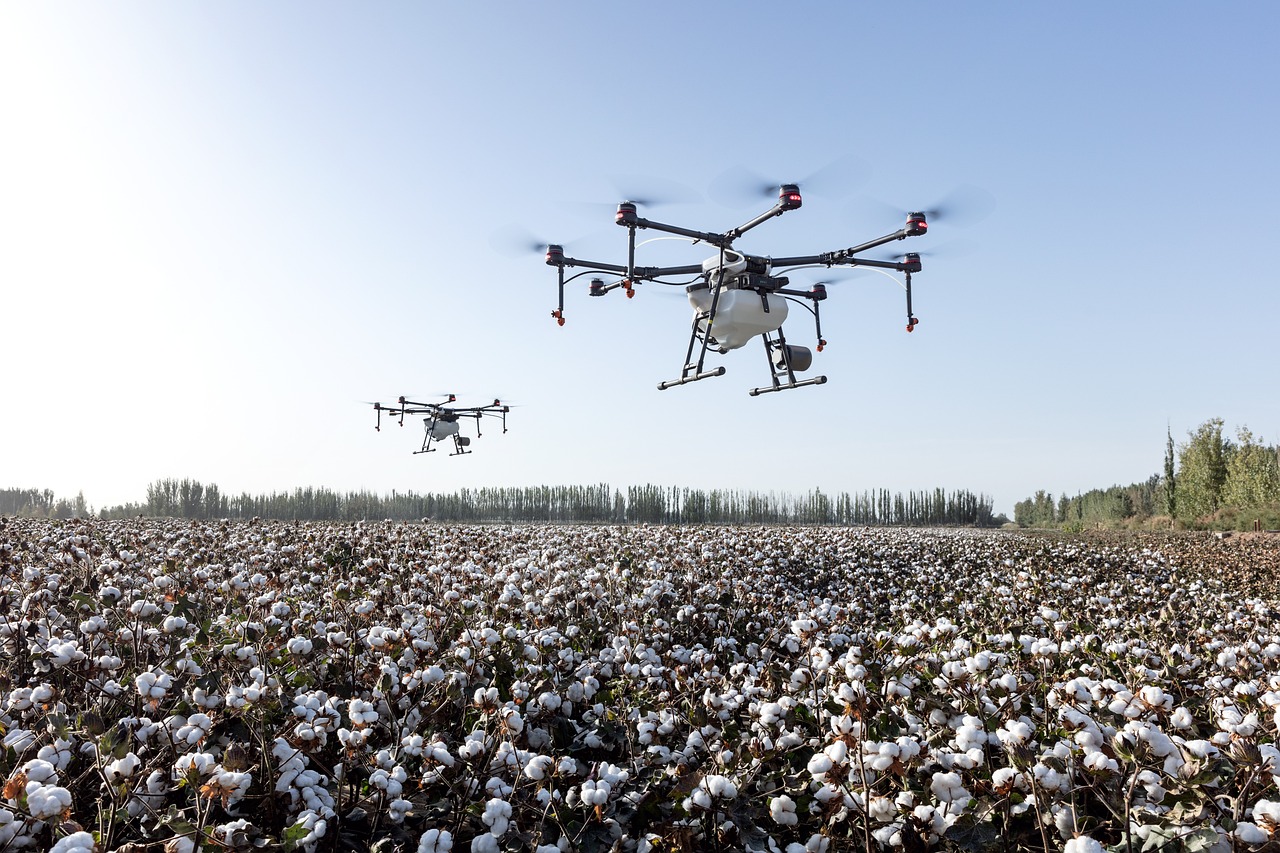
According to Rodrigo Lara Restrepo Lara, lawyer and former senator, "the installation of LPR (Identification Plate Reading) cameras as a way to track and pursue these criminals more effectively, since a police officer cannot arrive at the scene in such a short time."
From another point in Latin America, the Puerto Rico Drone Academy argues that drones play a fundamental role in modern security and surveillance, offering a wide range of advantages and significant applications in various scenarios. Among the main benefits of drones in security and surveillance, their ability to provide real-time aerial visualization stands out. Equipped with high-resolution cameras and, in some cases, thermal or infrared cameras, drones can offer a full perspective from the air. In concrete words:
"Drones can provide a complete perspective from the air, allowing security teams to monitor events in real-time, assess situations more effectively, and make informed decisions."
Another major advantage lies in the ability of drones to cover large areas quickly and efficiently: "Drones can cover large areas quickly and efficiently, which is especially beneficial in search and rescue situations, where speed is of the essence."
One of the most notable advantages of drones is the reduction of risks to security personnel: "Drones can significantly reduce risks to security personnel, by providing information and reconnaissance from a safe distance, especially in counterterrorism operations or in hostile environments."


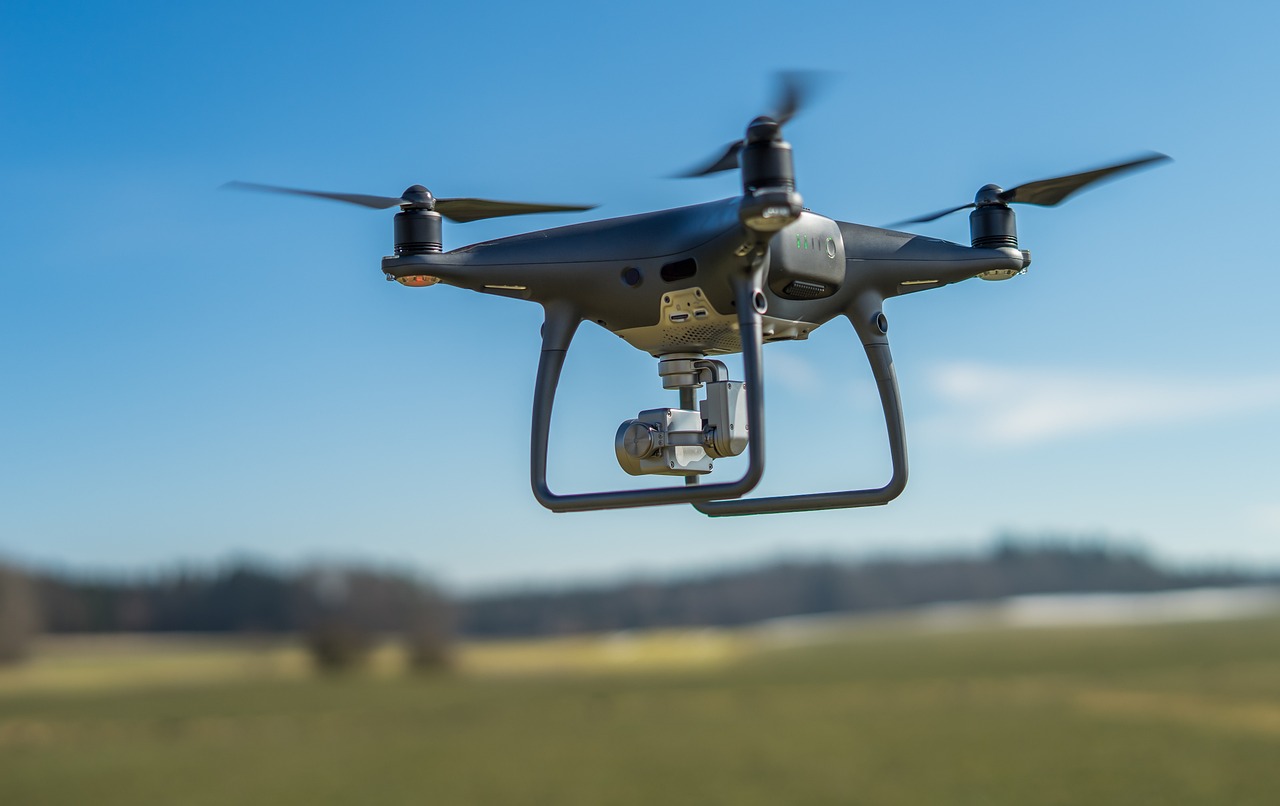




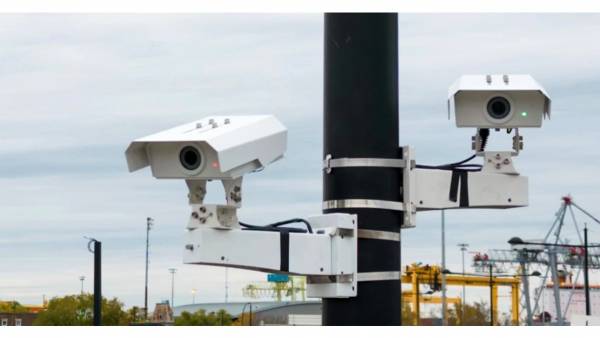
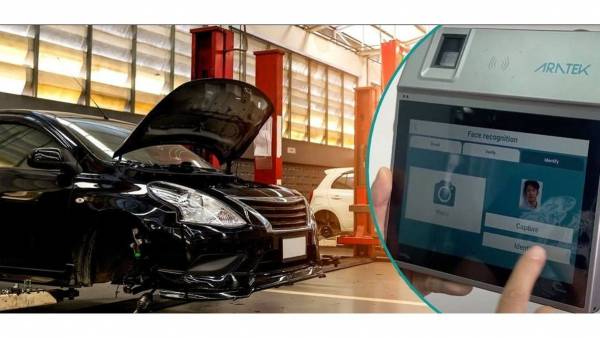
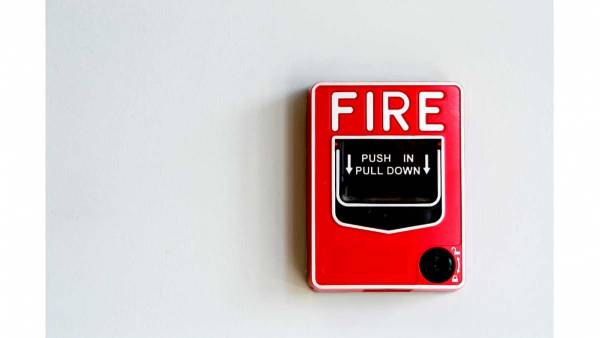
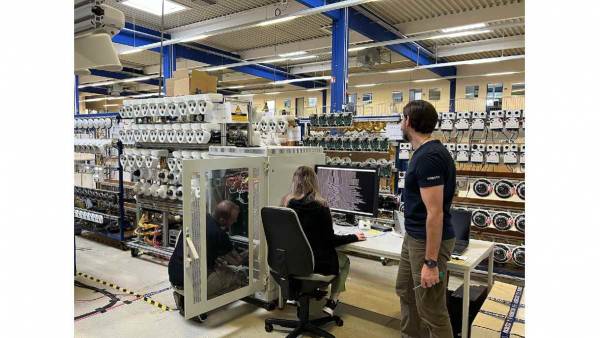















Leave your comment